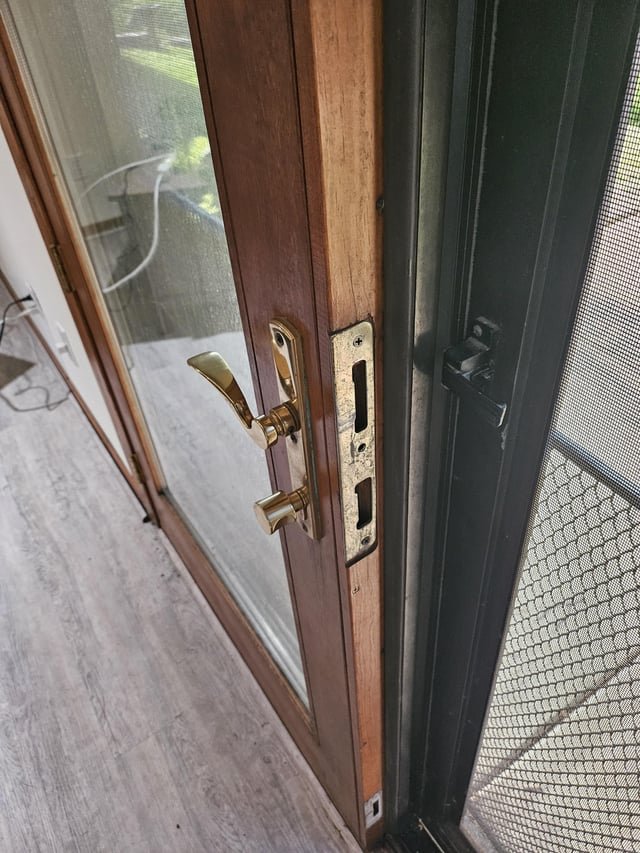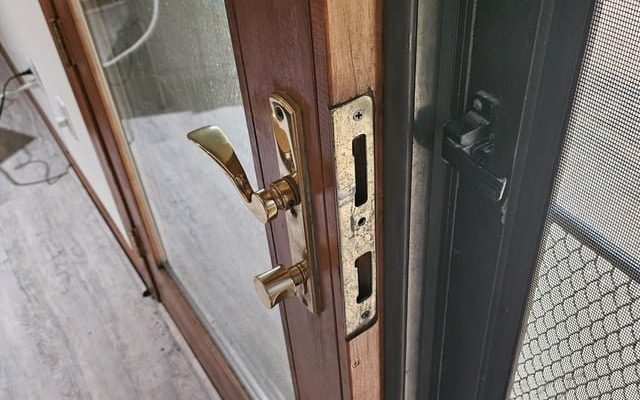
Multi-point locks are designed to enhance security by locking at several points along the door frame, rather than just at one point. They’re like having multiple guards at your door instead of just one. But with more complexity comes the potential for more issues. Whether it’s a stubborn lock or a key that refuses to turn, troubleshooting these locks can feel daunting. But don’t fret! By breaking down the process step by step, you can get your door back to functioning smoothly.
Understanding Multi-Point Locks
Before diving into troubleshooting, it helps to understand how multi-point locks work. These locks typically engage at three or more points along the edge of the door. When you turn the handle or insert your key, a series of rods or bolts shoot into corresponding strikes in the frame. This means that when your door is locked, it’s not just secured at one point but all around, providing a strong barrier against unwanted entry.
The beauty of these locks is their design: they combine functionality with aesthetics. Yet, if any part of the locking mechanism is faulty, it can jam or fail. Issues might arise from misalignment, worn parts, or even something as simple as dirt buildup. Knowing these possibilities helps you tackle the problem with confidence.
Common Problems with Multi-Point Locks
As with anything, multi-point locks can encounter their fair share of hiccups. Here are some common issues you might run into:
- Key Won’t Turn: This can be a real pain. If you find your key is sticking, it could be due to dirt, misalignment, or the lock’s internal mechanisms failing.
- Lock is Stuck: Sometimes the lock might simply refuse to engage or disengage. This is often caused by misalignment or wear over time.
- Handle is Loose: If the handle feels wobbly, it could be due to screws that have come loose or internal components that are wearing down.
- Drilling or Water Damage: If your door has been subjected to moisture or damage, this can also affect the lock’s performance.
Being aware of these issues prepares you to tackle them effectively. Let’s break down how to troubleshoot them one by one.
Step-by-Step Troubleshooting: Key Won’t Turn
If the key won’t turn, it’s time to investigate further. Here’s how you can troubleshoot this issue step by step:
1. Inspect the Key: Sometimes, the simplest fixes are the best. Check the key for wear or damage. A bent or worn-out key won’t work well with the lock.
2. Lubricate the Lock: Use a silicone-based lubricant and apply it to the keyhole. Avoid heavy oils, which can attract dirt and grime.
3. Check Alignment: Ensure the door is properly aligned in its frame. A door that is slightly off can cause locking mechanisms to jam. If you notice any misalignment, you might need to adjust the hinges.
If none of these steps work, it might be time to explore the lock’s internal mechanism or consider professional help.
Resolving a Stuck Lock
A lock that is stuck can be equally frustrating. Follow these steps to troubleshoot:
1. Reset the Lock: Sometimes, merely engaging and disengaging the lock repeatedly can help reset any jammed parts.
2. Inspect for Obstructions: Look for dirt or debris within the keyhole and around the locking mechanism. A quick clean with a small brush often does the trick.
3. Check the Strike Plate: If the lock doesn’t align with the strike plate correctly, it can get stuck. Adjusting the strike plate might allow for proper engagement.
If the lock remains stuck after these steps, it might be a sign that deeper mechanical issues are at play.
Fixing a Loose Handle
A loose handle can be inconvenient and may also indicate larger problems. Here’s how you can secure it:
1. Tighten Screws: Check under the handle for screws. If they’re loose, just tighten them with a screwdriver.
2. Inspect Internal Components: If tightening the screws doesn’t help, the internal parts might be worn or broken. You may need to replace the handle or contact a professional for assistance.
3. Replace Worn Parts: If the handle itself is worn out, consider replacing it. This can often be done easily with basic tools and a little bit of guidance.
A sturdy handle is essential for proper lock operation, so don’t overlook this step!
Preventative Measures for Long-Term Use
Once you’ve tackled your immediate lock issues, think about how to prevent them in the future. Here are a few tips:
– Regular Maintenance: Just like your car, your door lock needs occasional care. Clean and lubricate your lock every few months to keep it in good shape.
– Monitor the Environment: If your door is exposed to moisture, consider installing a door sweep to reduce water exposure. This helps protect the lock mechanism.
– Inspect for Damage: Regularly check the alignment of the door and the integrity of the lock system. Catching issues early can save you time and stress down the line.
Keeping your multi-point lock in good condition not only enhances security but also prolongs its lifespan.
When to Seek Professional Help
Sometimes, despite your best efforts, a lock may still not function as it should. Here are some signs it’s time to call in a professional:
– Persistent Problems: If you keep encountering the same issues even after troubleshooting, it might indicate deeper mechanical issues.
– Visible Damage: If you notice cracks, rust, or significant wear and tear on the lock or the doorframe, it’s best not to ignore it.
– Feeling Overwhelmed: If you’re unsure about making repairs yourself, it’s wise to consult an expert. They can provide insights and options you might not have considered.
Knowing when to step back and let someone else handle it is crucial to ensuring your French interior door remains both beautiful and functional.
In closing, troubleshooting a multi-point lock on a French interior door may seem daunting, but breaking it down into manageable steps makes it simpler. By understanding common problems, applying clear solutions, and practicing regular maintenance, you can keep your door both secure and stylish. So next time you face a lock issue, don’t panic—remember these tips and take it one step at a time.
